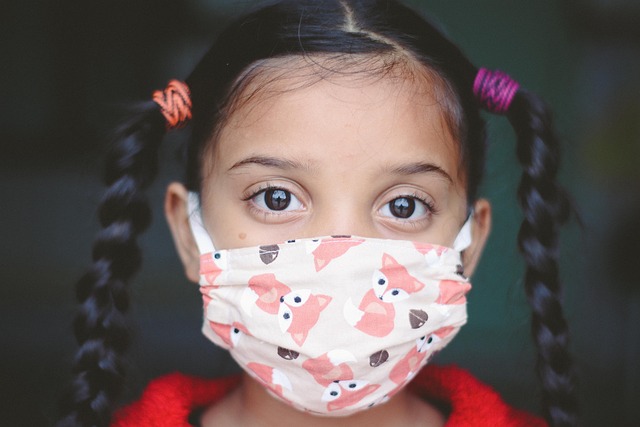As a parent, it’s natural to want to protect your child from the dangers of the online world. With the rise of social media, online gaming, and internet access becoming increasingly widespread, it’s essential to educate kids on online privacy and security. In this article, we’ll delve into the world of online safety, providing parents with practical tips and guidance on how to help their children navigate the digital landscape safely.
Teaching kids about online privacy and security is an ongoing process that requires patience, understanding, and open communication. By starting early and being proactive, you can empower your child with the skills they need to stay safe online and avoid potential pitfalls such as cyberbullying, predators, and malware attacks.
Why Online Privacy Matters
Children’s personal data is often collected without their knowledge or consent when they use online services. This information can be used for targeted advertising, sold to third-party companies, or shared with other organizations. As a result, it’s crucial to teach kids about the importance of online privacy and how to protect themselves from unwanted solicitations.
Key Points to Teach Kids About Online Privacy
Here are some essential topics to cover when teaching kids about online privacy:
- Online profiles: Emphasize the importance of maintaining a private and secure online profile. Encourage them to use strong passwords, keep their social media settings to “private,” and avoid sharing sensitive information.
- Personal data protection: Teach kids how to protect their personal data by avoiding phishing scams, not responding to suspicious emails or messages, and being cautious when downloading attachments or clicking on links from unknown sources.
- Online etiquette: Educate your child about online etiquette, including the importance of treating others with kindness and respect in online interactions. Encourage them to use good manners and avoid cyberbullying.
- Digital footprints: Explain to kids that their online activities can leave a digital footprint that may be visible to others. Teach them how to maintain a clean digital reputation by avoiding public outbursts or sharing personal information on social media.
- Online safety tips: Share general online safety tips, such as using two-factor authentication, keeping software up-to-date, and being cautious when using public Wi-Fi networks.
Setting Healthy Technology Boundaries for Children
Setting healthy technology boundaries is crucial in maintaining a balance between technology use and other aspects of life. Here are some tips to help you achieve this:
- Establish screen-free zones and times: Designate specific areas or periods where screens are not allowed, such as the dinner table or bedrooms.
- Monitor screen time: Use parental control software to track and limit your child’s screen time. Set limits on the amount of time spent on specific apps or websites.
- Encourage physical activity: Promote physical activity by engaging your child in outdoor games, sports, or other hobbies that don’t involve screens.
- Model healthy behavior: Show your child the value of technology use by modeling responsible behavior yourself. Limit your own screen time and engage in activities outside of work or entertainment.
Additional Resources for Parents
If you’re looking for more information on teaching kids about online privacy and security, check out these resources:
Teaching Digital Citizenship to Kids offers practical tips and strategies for educating kids about digital citizenship.
Setting Healthy Technology Boundaries for Children provides guidance on setting limits and encouraging responsible technology use in children.
Online Safety (for Teens) | Nemours KidsHealth offers comprehensive information on online safety, including tips for teens and parents.
Online Safety and Privacy Resources – National Cybersecurity Alliance provides a wealth of resources, including guides, webinars, and online courses, to help parents and kids stay safe online.
Conclusion
In conclusion, teaching kids about online privacy and security is an essential part of their education. By starting early, being proactive, and using the right strategies, you can empower your child with the skills they need to stay safe online. Remember to set healthy technology boundaries, model responsible behavior, and seek additional resources when needed.
By working together, we can create a safer and more responsible digital landscape for kids to thrive in.




